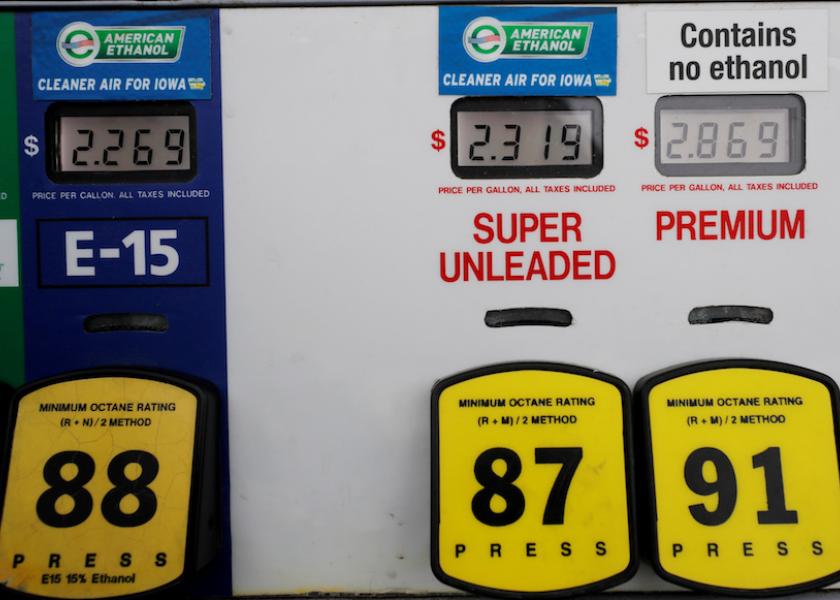EIA: Summer Gas & Diesel Prices Highest Since 2014

EIA: Summer gas prices to average $3.84 per gallon... This summer’s retail gas price is predicted to average $3.84 per gallon, the highest inflation-adjusted average summer gas price since 2014, according to the Summer Fuels Outlook by the U.S. Energy Information Administration (EIA). The average summer price was $3.06 per gallon last year. March’s average retail gas price was $4.22 per gallon, according to EIA. The average gas price is expected to gradually decrease to $3.75 per gallon in July and $3.68 per gallon by September. The outlook forecasts gas consumption will average 9.2 million barrels per day, up 0.8% from last summer and 3.5% lower than 2019. Ethanol fuel blending was predicted to be close to last summer’s level at 930,000 barrels per day, about 10.1% of total gasoline consumption. However, the report was prepared on April 7, before President Joe Biden’s announcement allowing E-15 sales over the summer.
Start a 1-month trial to Pro Farmer for text message market alerts, price outlooks, analysis & more.
EIA: Summer retail diesel prices to average $4.57 per gallon... This summer’s average retail diesel price is estimated to average $4.57 per gallon, according to EIA. This would be the highest inflation-adjusted average summer diesel price since 2014. Last year, the average summer diesel price was $3.28 per gallon. The five-year average summer price is $2.92 per gallon. Summer diesel consumption is forecast to average almost 3.9 million barrels per day, up nearly 90,000 barrels per day from 2021 and slightly less than consumption in the 2019 summer driving season. This summer, biodiesel production is projected to average about 100,000 barrels per day, down slightly from last summer. Renewable diesel production is predicted to average approximately 90,000 barrels per day this year, up more than 40,000 barrels per day from last year.







